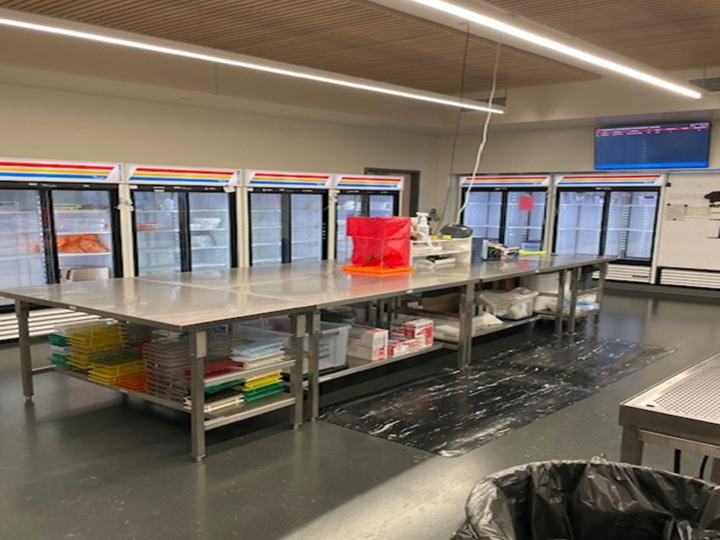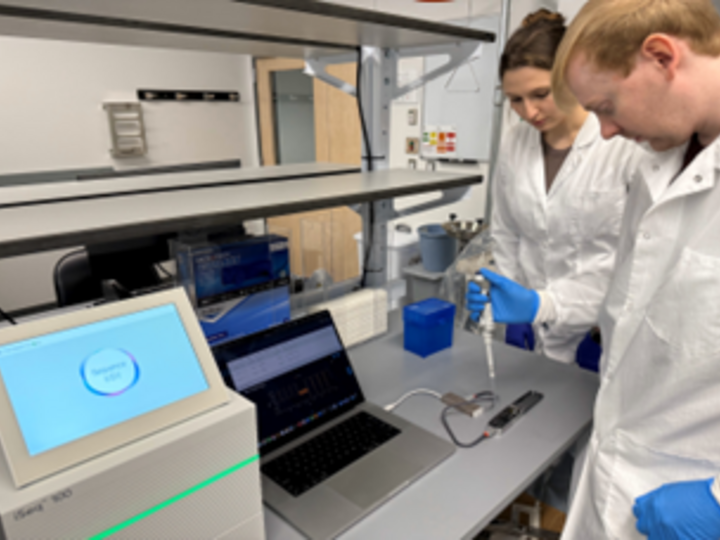Stay informed with NVDC News, our quarterly newsletter
Each issue of NVDC News delivers via email valuable diagnostic and disease-related information tailored for veterinary practitioners. You'll also find updates on lab policies, staff, and more.
Subscribe today to receive NVDC News directly, along with occasional NVDC Announcements that keep you informed about important, timely topics.
Spring 2025
In this issue:
- Introducing new service: pay online
- Sample receiving and necropsy laboratory
- Quality corner
- Mulberry heart disease of swine
- Metastatic hemangiosarcoma
- Diagnostic trends
- Heterobilharzia americana
- Equine infectious anemia (EIA) submissions
- Long-term retainment for bacterial isolates
- Referral fee for bacterial isolates
- High capacity digital scanning available
- Ordering supplies made easier
- Employee spotlight
- Save the date

Summer 2025
In this issue:
- Bacteriology Laboratory Section
- Asian Longhorned Ticks found in Iowa
- New World Screwworm
- Case report: Enzootic bovine leukosis
- Now offering reduced shipping cost through UPS for biopsy mailers
- New Test Pricing Effective July 1
- David Steffen selected for BIF Pioneer Award
- Employee spotlight: Dr. Seth Harris
- Employee pet spotlight: Poppy and Petunia

